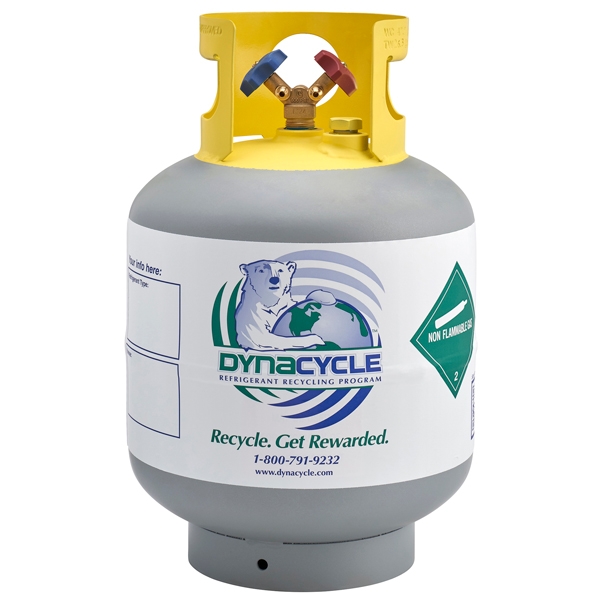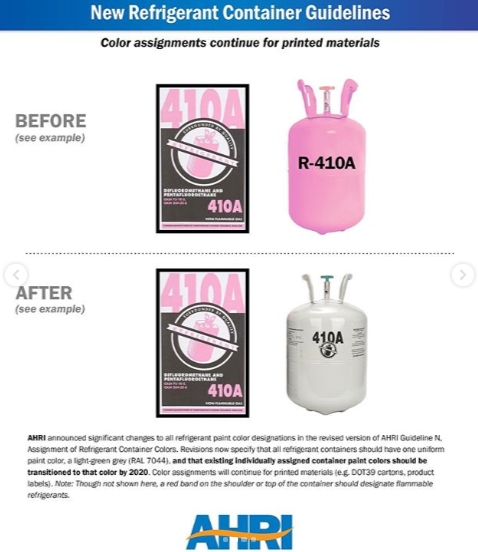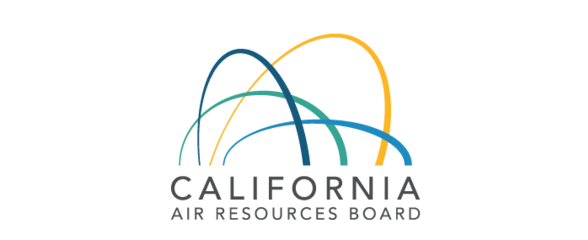Per DOT regulations, recovery cylinder certification expires five years from the date of manufacture. By the five-year mark, the recovery cylinder must be certified by a facility approved by DOT.
When a cylinder is recertified, the recertification date is marked on the cylinder in one of two ways.
- If the certification date is hammer-stamped into the cylinder, the cylinder’s certification expires 5 years from the date of recertification.
- If the certification date is noted on a label that is epoxied onto the cylinder, the cylinder’s certification expires 10 years from the date of recertification.
DynaCycle utilizes an enhanced certification process that certifies recovery cylinders for 10 years. These cylinders have a date label epoxied to the cylinder.
Here are examples of how certification dates are marked on recovery cylinders processed by DynaCycle.
Certification Date Stamped on Cylinder (certification expires 5 years from date)
| Steel 6/18, expires 6/2023 | Steel 9/18, expires 9/2023 | Composite 4/19, expires 4/2024 |
Certification Date label epoxied to Cylinder (certification expires 10 years from date)
| Steel 10/19, expires 10/29 | Steel 5/20, expires 5/2030 | Composite 11/19, expires 11/2029 |
DynaCycle is receiving high volumes of expired tanks with refrigerant contents. This would indicate that service technicians are transporting expired cylinders, which may be in violation of DOT regulations. You are not in violation of DOT regulations if you ship or transport an expired cylinder to an EPA Certified Reclamation facility. Expired cylinders are permitted to be shipped to an EPA Certified Reclamation facility since the cylinder will be emptied and recertified, or taken out of service.
Effective July 15, 2020, a $30 fee will be charged for expired cylinders received that do not have a DynaCycle sleeve. Expired cylinders with a DynaCycle sleeve will not be charged this fee. The charge will be assigned to the technician noted in the receiving report.
Please contact us if you have any questions regarding cylinder certifications.




